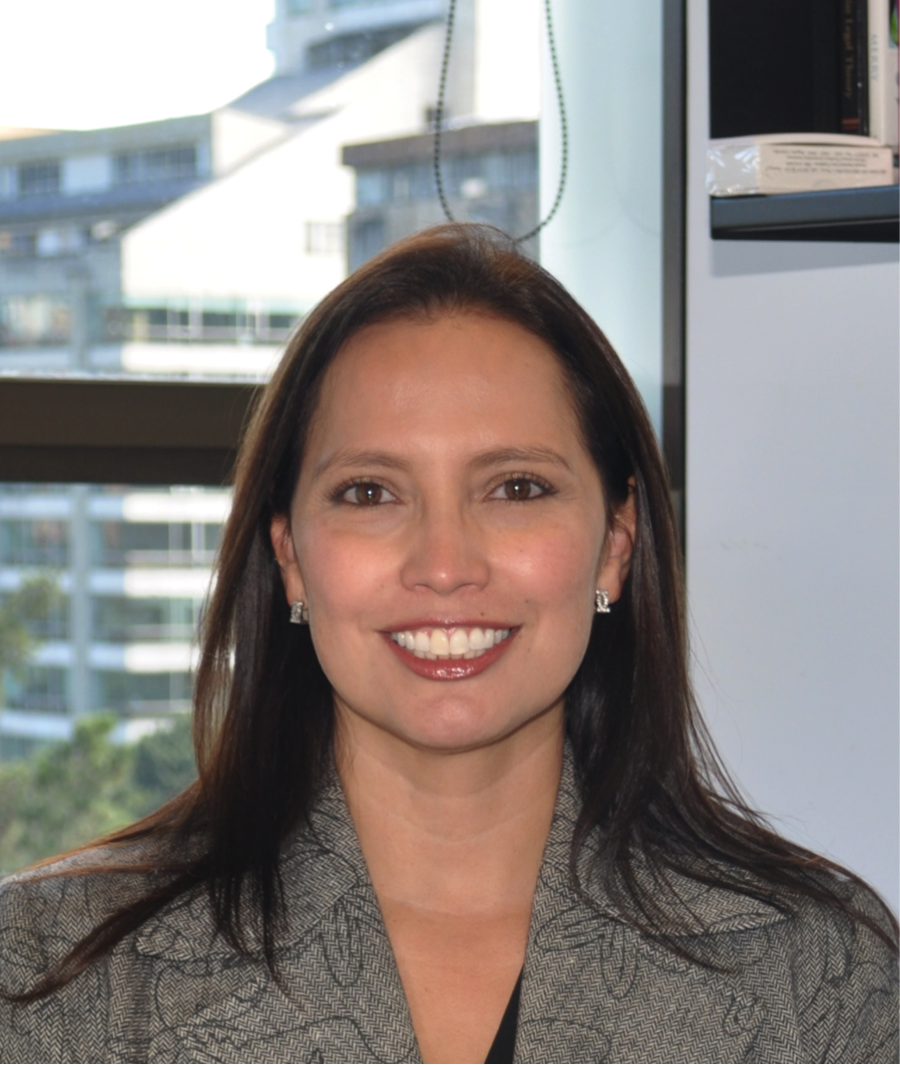Buscar
Academia, Género,
Derecho y Sexualidad.
The (Un) Protecting and (Dis) Empowering Potential of the Law and Human Rights Discourse within Social Justice and Land Claims
Este artículo explora los efectos potenciales del uso de los derechos humanos en la formulación de reclamos de cambio social. El discurso de los derechos humanos ofrece una concepción de justicia social fundamentada en dignidad e igualdad. Por lo tanto, invocar los derechos humanos puede apoyar reclamos de justicia social y de protección del derecho a la tierra. En la realidad, los efectos del uso de los derechos humanos implica no sólo beneficios, sino también dilemas y riesgos para las movilizaciones sociales y políticas. Este artículo sostiene que el derecho y los derechos humanos no parecen una estrategia ideal para lograr el cambio social y la protección del derecho a la tierra. Sin embargo, en algunos contextos, este discurso contribuye a empoderar a las personas o grupos tradicionalmente excluidos, haciendo visibles situaciones injustas y ofreciendo una realidad alternativa fundamentada en igualdad o dignidad. Al menos este discurso puede convertirse en un símbolo que inspira la movilización social.
This article explores the potential effects of the use of human rights in framing claims for achieving social change. The discourse of human rights provides a conception of social justice based on dignity and equality. Thus, calling upon the human rights discourse can support social justice and land claims. However, in practice, the effects of a legal mobilization of the human rights discourse include not only benefits, but also dilemmas and risks for social and political struggles. I argue that utilization of the human rights discourse seems not to be an ideal strategy for achieving social change and the protection of land rights. However, in some contexts this discourse strongly contributes to the empowerment of underprivileged and excluded people, making unjust situations visible, and offering an alternative reality based on equality and dignity. At the very least, it can become a symbol of those ideals, inspiring social mobilization for change.
